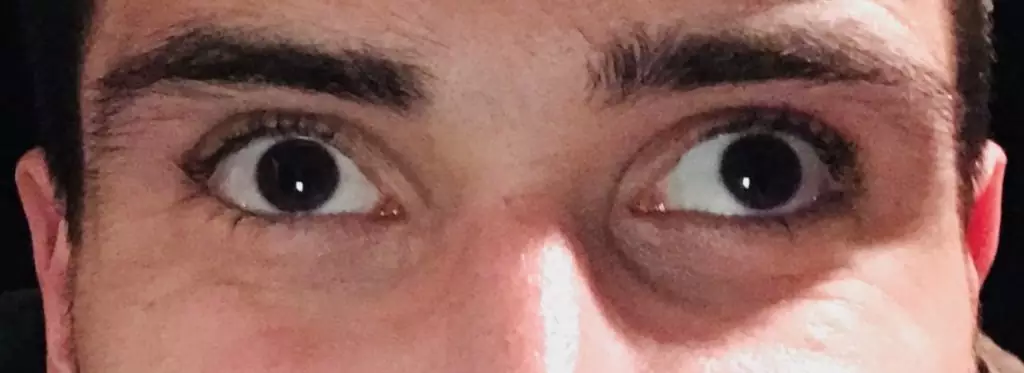Squint/Strabismus
Strabismus Surgery Or Squint Surgery Treatment Happy Review Patient Review In Hindi
Dr. Ashish Bansal live Squint eye surgery Happy Patient Review
Squint/Strabismus
Strabismus( Squint/ Teer/ Bhengapan) is a visual defect in which the eyes are misaligned and point in different directions. One eye may look straight ahead, while the other eye turns inward, outward, upward or downward. The eye turn may be constant, or it may come and go. The turned eye may straighten at times, and the straight eye may turn.
Strabismus is a common condition among children. It also can occur later in life and can occur equally in males and females. Strabismus may run in families; however, many people with strabismus have no relatives with the probl.
What are the different types of Strabismus ?

There are three common types of strabismus-
- Esotropia (in-turning of the eyes): This is often referred to as crossed eyes or a squint.
- Exotropia (out-turning eyes): This is also known as walleye or divergent eyes.
- Hypertropia (vertical strabismus): The eyes are out of alignment vertically.

Frequently Asked Questions
The exact cause of strabismus is not fully understood. Six eye muscles, controlling eye movement, are attached to the outside of each eye. In each eye, one muscle moves the eye to the right, one-muscle moves the eye to the left. The other four muscles move it up or down and at an angle.
To line up and focus both eyes on a single target, all of the muscles in each eye must be balanced and working together. In order for the eyes to move together, the muscles in both eyes must be coordinated. The brain controls these eye muscles.
Strabismus is especially common among children with disorders that may affect the brain, such as :
- Cerebral palsy
- Down syndrome
- Hydrocephalus
- Brain tumors
- Premature birth
However local causes around the eye can also cause squint, although less frequently.
The main sign of strabismus is an eye that is not straight. Sometimes children will squint one eye in bright sunlight or tilt their head to use their eyes together.
Treatment varies accordingly to the type of squint. An operation is not always needed. The main forms of treatment are:
- Spectacles: to correct any sight problems, especially long sight.
- Occlusion: patching the good eye to encourage the weaker eye to be used. This is usually done under the supervision of an orthoptist.
- Eye drops: certain types of squint can be treated with the use of special eye drops.
- Surgery: this is used with congenital squints, together with other forms of treatment in older children, if needed. Surgery can be performed as early as a few months of age.
The eyeball is never removed from the socket during any kind of eye surgery. The ophthalmologist makes a small incision in the tissue covering the eye to reach the eye muscles. The eye muscles are removed from the wall of the eye and repositioned during the surgery, depending on which direction the eye is turning. It may be necessary to perform surgery on one or both eyes.
When strabismus surgery is performed on children, a general anesthetic is required. Recovery time is rapid. Children are usually able to resume their normal activities within a few days.
After surgery, glasses may still be required. In some cases, more than one surgery may be needed to keep the eyes straight.
As with any surgery, eye muscle surgery has certain risks. These include infection, bleeding, excessive scarring and other rare complications that can lead to loss of vision.
Strabismus surgery is usually a safe and effective treatment for eye misalignment. It is not, however, a substitute for glasses or amblyopia therapy.
